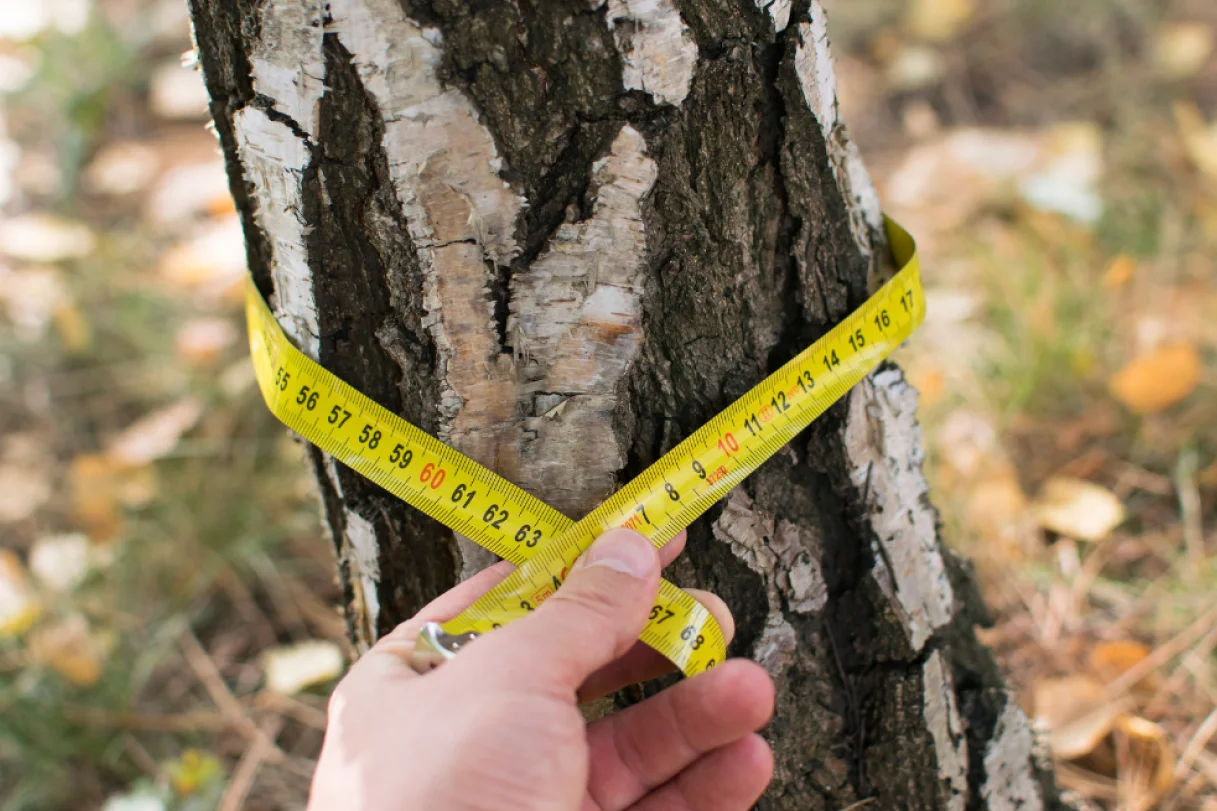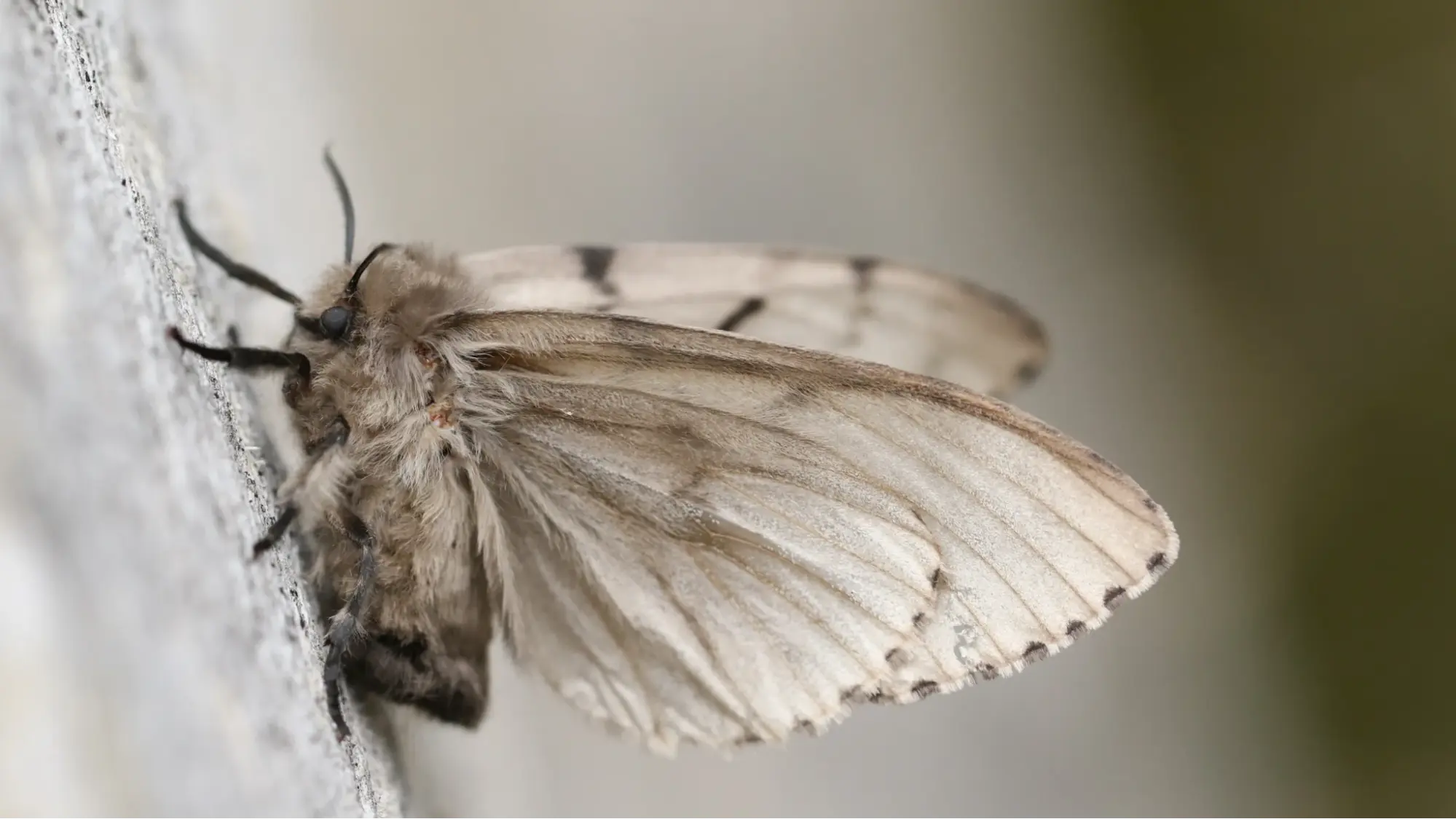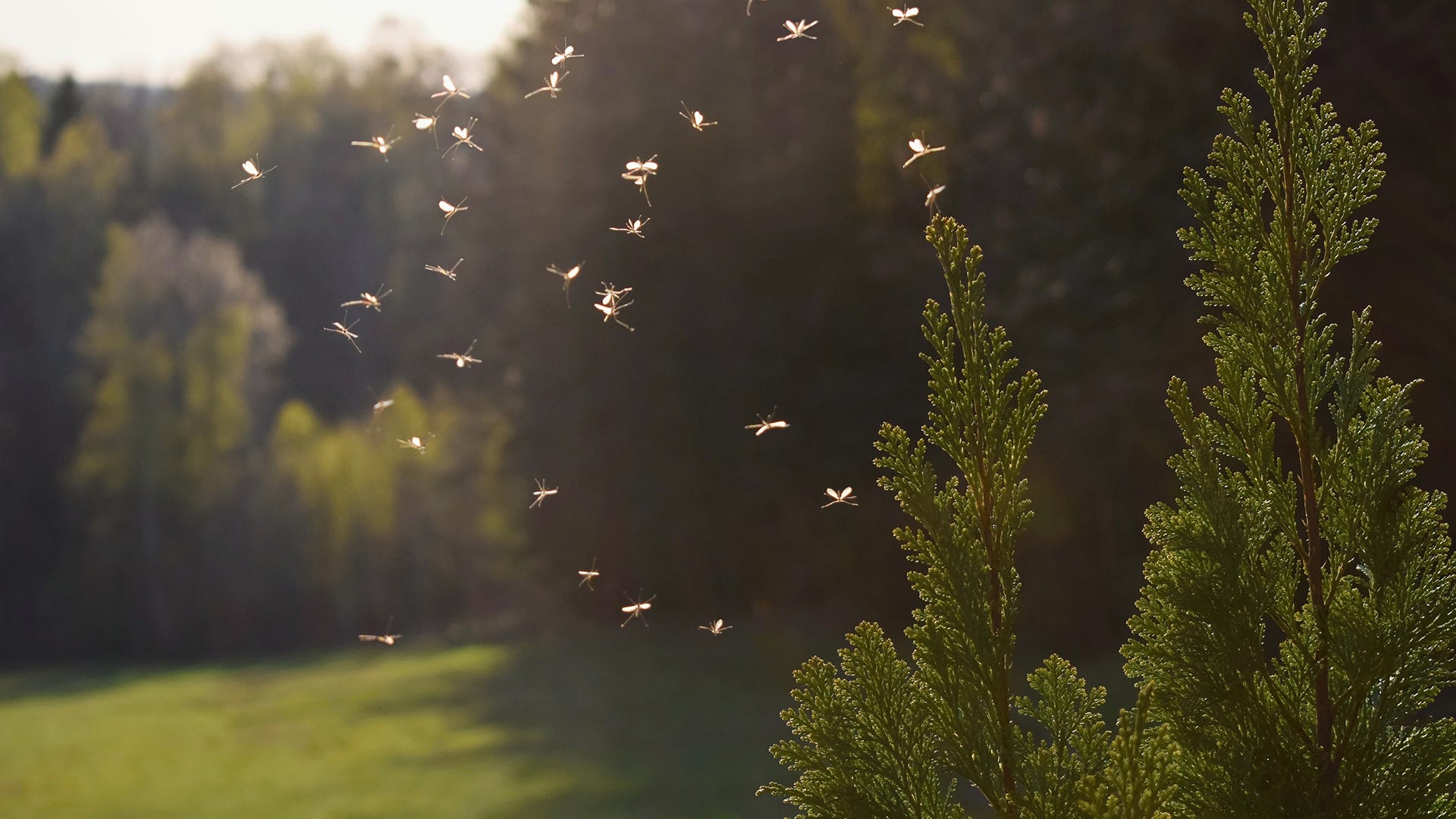Canada is home to over 4,100 species of native plants, making its flora incredibly diverse across the country’s vast landscapes. Among these, some plants thrive in unexpected climates, creating pockets of tropical-like greenery in northern regions. From towering conifers to vibrant wildflowers, Canada offers a unique blend of vegetation that captivates both casual explorers and dedicated botanists. With so many options, it’s no wonder that gardeners and nature enthusiasts often ask, what are some plants in Canada worth discovering. In this list, we’ll explore 15 fascinating varieties, including some of the most interesting trees in Canada that stand out for their unusual shapes, colors, and growth habits.
What Plants Grow in Canada
Canada’s vast landscapes support an impressive variety of flora, from hardy perennials to delicate wildflowers. If you’re curious about the plants that grow in Canada, the options are truly diverse, ranging from native shrubs and flowering plants to striking trees found across provinces. For those interested in exploring further, here’s a list of Canadian plants that showcases some of the most notable and unique species thriving in the country’s forests, fields, and gardens. Whether you’re a gardener, hiker, or nature enthusiast, these plants highlight the richness of Canada’s natural beauty.
Canada’s plant life is incredibly diverse, shaped by its wide range of climates and ecosystems. From the temperate rainforests of British Columbia to the boreal forests stretching across the north, Canadian plants vary from small flowering herbs to towering trees. Understanding the main types of trees gives a glimpse into the country’s natural richness and the ecosystems they support.
Main Types of Trees in Canada
-
Coniferous trees: includes pines, spruces, firs, and cedars, known for their needle-like leaves and year-round greenery.
-
Deciduous trees: such as maples, oaks, and birches, which shed leaves seasonally and display vibrant fall colors.
-
Mixed forest trees: areas where coniferous and deciduous trees grow together, creating diverse habitats for wildlife.
-
Specialty and rare trees: includes unique species like the western red cedar or sugar maple, prized for their ecological and economic importance.
Now that we’ve explored the main types of trees in Canada, it’s time to discover some of the most interesting plants that make the country’s flora truly unique and unforgettable.
Interesting Plant Species in Canada: Guide
Canada is home to a remarkable variety of flora, from towering trees to delicate wildflowers. Exploring the plants from Canada reveals species with unique shapes, colors, and adaptations that thrive across diverse climates. This guide highlights some of the most fascinating and noteworthy plants, offering inspiration for gardeners, nature enthusiasts, and anyone curious about the country’s rich botanical heritage.
What Are the Most Interesting Plants to Grow in Canada?
Canada’s diverse climate allows for a wide range of fascinating plants, from hardy perennials to vibrant flowering species. Some plants stand out for their unusual shapes, striking colors, or adaptability to different regions, making them especially appealing for gardeners and nature enthusiasts. Exploring the most interesting Canadian plants offers insight into the country’s unique flora and provides inspiration for creating a distinctive garden or natural space. Check the list of the most interesting plants in Canada for growing:
- Sugar maple (Acer saccharum) – famous for its brilliant fall colors and sap used for maple syrup, this tree is iconic in Canadian landscapes.
-
Eastern white pine (Pinus strobus) – a towering conifer that can live for centuries, prized for its soft, fragrant needles and historical significance.
-
Bunchberry (Cornus canadensis) – a low-growing groundcover with delicate white flowers and bright red berries that attract birds.
-
Fireweed (Chamerion angustifolium) – known for its vibrant pink-purple flowers that bloom in summer, often among recently disturbed areas.
-
Western red cedar (Thuja plicata) – a majestic evergreen with aromatic wood and scale-like leaves, commonly found in coastal British Columbia.
-
Prairie crocus (Anemone patens) – one of Canada’s earliest spring bloomers, with purple petals emerging through the snow.
-
Manitoba maple (Acer negundo) – a fast-growing tree with a unique, irregular shape and light green foliage, often used in urban landscaping.
-
Eastern redbud (Cercis canadensis) – a small tree with striking pink-purple flowers that appear before the leaves in spring.
-
Pitcher plant (Sarracenia purpurea) – a carnivorous plant native to bogs, known for its tubular leaves that trap insects.
-
Blue flag iris (Iris versicolor) – a colorful wetland plant with purple-blue flowers, ideal for pond edges or damp gardens.
What Are the Most Interesting Plants to Grow Indoors in Canada?
Indoor gardening in Canada has become increasingly popular, offering a way to bring nature into apartments and homes year-round. Some plants not only thrive indoors but also add striking shapes, colors, or even fragrant aromas to living spaces. Choosing the most interesting Canada plants to grow indoors can transform any room into a lush, vibrant retreat.
-
Monstera deliciosa – known for its large, split leaves, this tropical favorite adds a bold statement to any space.
-
Snake plant (Sansevieria trifasciata) – extremely low-maintenance, with upright, variegated leaves that filter indoor air.
-
Fiddle leaf fig (Ficus lyrata) – a dramatic indoor tree with large, violin-shaped leaves perfect for bright corners.
-
ZZ plant (Zamioculcas zamiifolia) – hardy and drought-tolerant, with glossy, dark green foliage that thrives even in low light.
-
Peace lily (Spathiphyllum) – elegant white blooms and rich green leaves, known for purifying indoor air.
-
Pothos (Epipremnum aureum) – fast-growing vine with heart-shaped leaves, ideal for shelves, hanging baskets, or trellises.
-
Calathea – decorative foliage with vibrant patterns that respond to light and touch, making it an interactive indoor plant.
-
Spider plant (Chlorophytum comosum) – easy-care and adaptable, with arching leaves and baby “spiders” that can be propagated easily.
What Are the Most Interesting Plants That Grow in the Shade?
Not every garden or Canadian backyard receives full sunlight, but that doesn’t mean it has to be dull. Many plants thrive in shady conditions, offering unique foliage, textures, and even blooms that brighten darker corners. Focusing on the most interesting plants grow in the dark allows gardeners to make the most of every spot while adding depth and variety to their landscape.
-
Hostas – known for their lush, textured leaves and wide range of colors, perfect for shaded garden beds.
-
Ferns – classic shade plants with delicate, feathery fronds that add softness and a woodland feel.
-
Astilbe – produces fluffy, colorful flower plumes in pink, red, or white, thriving in damp, shaded areas.
-
Bleeding heart (Dicentra spectabilis) – distinctive heart-shaped flowers on arching stems, ideal for shady borders.
-
Solomon’s seal (Polygonatum) – elegant arching stems with small, bell-shaped flowers and attractive foliage.
-
Japanese forest grass (Hakonechloa macra) – ornamental grass with cascading blades that create movement and texture in shaded areas.
-
Foamflower (Tiarella cordifolia) – features delicate blooms and patterned leaves, thriving in woodland shade.
-
Wild ginger (Asarum canadense) – a low-growing groundcover with heart-shaped leaves, perfect for deep shade.
Famous Plants in Canada: What Are the Most Unique and Interesting Ones?
Canada is home to an impressive variety of flora, and among them are some truly iconic species. Exploring Canadian plants and trees reveals those that stand out for their beauty, history, or ecological significance. This section highlights the most unique and interesting plants that have captured attention across the country, from majestic trees to rare flowering species.
1. Fairy Slipper (Calypso Bulbosa)
With their splendid fuchsia-pink blossoms and unmistakable shoe like petal, Fairy Slippers are a shocking and extraordinary looking orchid that can be found in numerous Canadian lowlands, coniferous timberlands, forests and bogs.
2. Jack-in-the-Pulpit (Arisaema Atrorubens)
With its unusual, hood-like overhanging leaf, the Jack-in-the-Pulpit plant appears to be foreign, however it's actually local to Canada. Plentiful in forest environments (especially in Ontario, Quebec, New Brunswick and Nova Scotia), Jack-in-the-Pulpit plants get their abnormal name from their similar appearance to minister standing in a pulpit.
3. Palm Tree (Arecaceae)
The quintessential tropical tree, palm trees are bold beings that can be found, and survive in, hotter Canadian areas, but also have a well-established association with the country in general. Because of a 65-million-year-old fossil, specialists discovered that Alberta was at one time the regular home of these palm trees.
4. Pawpaw Tree (Asimina Triloba)
One of the most uncommon plant species found in Canada – the pawpaw tree has a strange and unique appearance. Only found in Ontario's Carolinian Forest district, the pawpaw is an amazing component in any landscape.
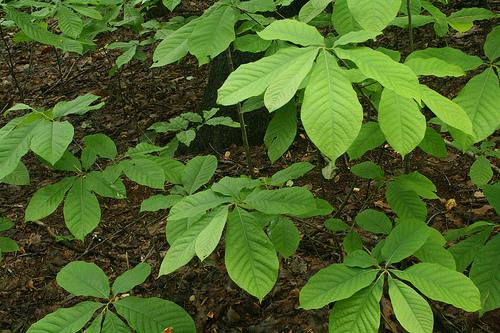
5. Yellow Lady's Slippers (Cypripedium Parviflorum)
Particularly shaped and radiant in tone, Yellow Lady's Slippers are so striking to look at, that you may initially think they're foreign, although they're actually a local plant of Canada. What makes these orchids so unusual looking? Yellow Lady's Slippers have a pocket like labellum that convey their shoe like appearance.
6. Garry Oak Tree (Quercus Garryana)
A typical type of oak tree in the Pacific Northwest, the Garry oak, with its thick and scored bark, has a name witha truly Canadian association. The tree was named after a prominent leader of the Hudson's Bay Company, Nicholas Garry.
7. Canada Columbine (Aquilegia Canadensis)
While it’s most blatant relation to Canada is in its name, the Canada Columbine is also exquisitely local to the country, producing blossoms in shades of red and yellow. Found in forested and rocky territories in eastern Canadian regions, the Canada Columbine is a butterfly-drawing top pick for many landscapers.
8. Golden Larch (Pseudolarix)
While needle bearing trees are common in Canada, the Golden Larch tree offers a once-a-year specialty that separates it from other types of pine trees. As a type of deciduous coniferous tree, the green needles of the Golden Larch turn a particular yellow-copper tone in the fall, providing a stunning display for passersby.
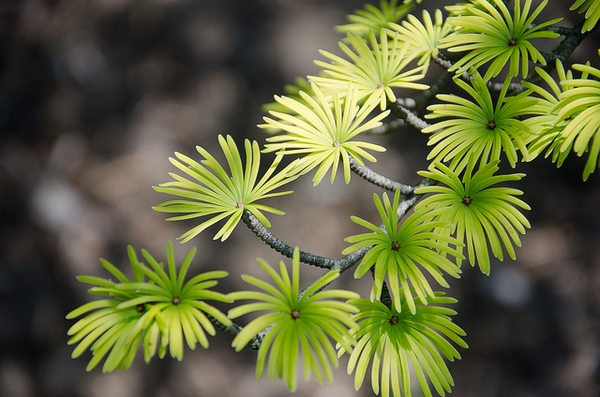
9. Cornelian Cherry (Cornus Mas)
Blossoming in pre-spring and adjusted to Canada's chilly temperatures, the Cornelian cherry, with its dynamic yellow blossoms, is a top pick for Canadian landscapes. In the late spring, these dogwoods bear an acidic, edible, red product that can be used for jams.
10. Arctic False Wildflower (Parrya Arctica)
When you see the lively amethyst-and lilac-tinted petals of the Arctic False Wildflower, you may think of it belonging in a hot, humid climate, however these long-lasting delights are really found in the stones, glades and tundra of the Canadian Arctic.
11. Barrens Willow (Salix Jejuna)
Another unmistakable northern Canadian plant, the Barrens Willow is an tundra plant that fills in the limestone barrens of the Great Northern Peninsula of Newfoundland.
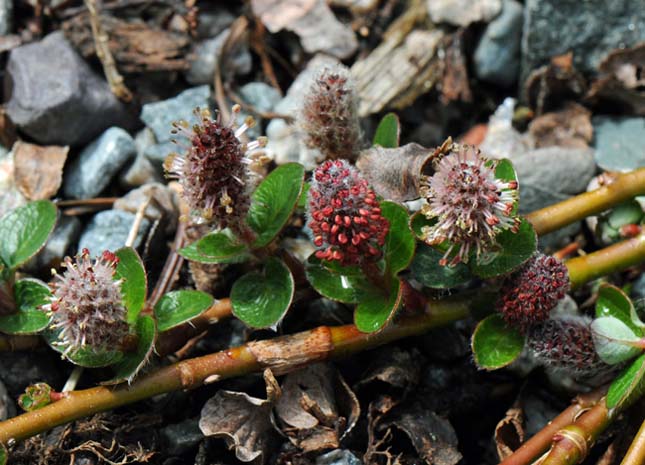
12. Limber Pine (Pinus Flexilis)
The Limber Pine, which is found in western Canada, is a long-living tree that features an extraordinary bent, hindered appearance. In fact, the Limber Pine is so long-living that the oldest recorded of these trees in Alberta is over 640-years-old.
13. Butternut (Juglans Cinerea)
Found in the southern and eastern woods of Ontario, the butternut tree is the only pecan tree local to Canada. Not to be confused with dark pecan trees, the cold-lenient butternuts produced by this tree offer tacky, interesting variations of nuts. The husks of these irregular trees also contain tannin that can be used for making ink.
14. Cucumber Tree (Magnolia Acuminata)
An uncommon tree in Canada, the deciduous cucumber tree is the only local magnolia tree in the country. Growing up to 30 meters tall, cucumber trees feature greenish-yellow blossoms and cucumber-shaped organic product.
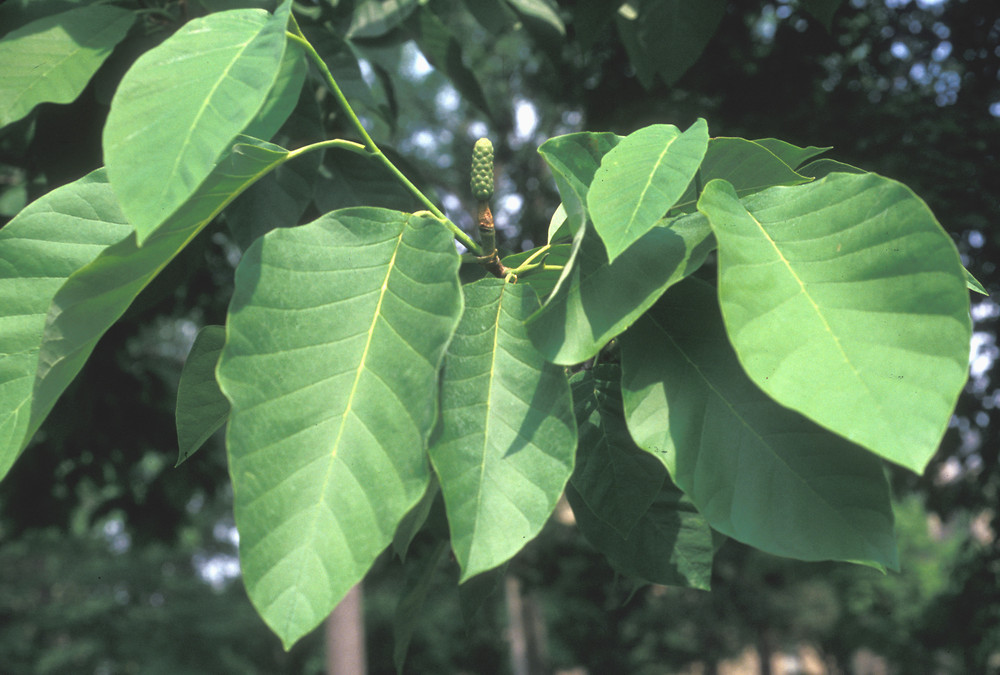
15. False Rue-Anemone (Enemion Biternatum)
A local plant to southwestern Ontario, the False Rue-Anemone is a buttercup that produces delicate, white blossoms in the spring. It thrives in shaded woodlands and moist soil, making it a charming addition to natural gardens. Among the many plants of Canada, it stands out for its subtle beauty and early spring presence, signaling the start of the growing season.
Common Plants in Canada
Canada’s vast landscapes are home to a rich variety of vegetation, ranging from hardy shrubs to towering trees. Among them are many plants native to Canada that have adapted to diverse climates and soils across the country. The flora of Canada includes species that are not only ecologically important but also culturally and aesthetically significant. This section highlights some of the most common and recognizable native Canadian trees and plants found across the provinces.
| Plant / Tree | Type | Region | Notable features |
|---|---|---|---|
| Sugar maple (Acer saccharum) | Deciduous Tree | Eastern Canada | Brilliant fall foliage, maple syrup source |
| Eastern white pine (Pinus strobus) | Coniferous Tree | Eastern & Central Canada | Tall, long-lived, historic significance |
| Red oak (Quercus rubra) | Deciduous Tree | Eastern Canada | Strong wood, vibrant autumn colors |
| Bunchberry (Cornus canadensis) | Groundcover | Across Canada | Low-growing, white flowers, red berries |
| Wild strawberry (Fragaria virginiana) | Herbaceous Plant | Most of Canada | Edible fruit, attracts pollinators |
| Black spruce (Picea mariana) | Coniferous Tree | Boreal Forest | Cold-hardy, important for timber and wildlife |
| Blue flag iris (Iris versicolor) | Flowering Plant | Wetlands | Purple-blue flowers, grows in damp soils |
| Eastern Redbud (Cercis canadensis) | Deciduous Tree | Southern Canada | Early spring pink-purple flowers |
The plants native to Canada showcase the incredible diversity of the country’s ecosystems. From iconic native Canadian trees like the Sugar Maple and Eastern White Pine to smaller flowering plants and groundcovers, the flora of Canada offers something for every gardener, hiker, and nature enthusiast. Understanding these common species helps highlight the beauty and ecological importance of Canada’s natural landscapes.
What Are the Most Dangerous Plants in Canada?
Not every Canadian plant is friendly, some can be quite deadly if proper care is not taken in their handling. One such plant is poison ivy, it is very common in most Canadian areas and although it is harmless to look at, it does have three green leaves which upon contact can severely irritate a person’s skin causing itching and blistering.
Another plant is the Giant hogweed which is also present in Canada but it is a lot more dangerous than poison ivy, it contains a toxin sap which upon contact with skin and skin exposed to sunlight results in blisters or even temporary or permanent blindness. Wild parsnip is another plant that can be found in the Canadian wilderness and is not friendly, it has chemicals that mix with sunlight and cause red rashes. Being able to identify such plants and avoid them can be a lifesaver for people visiting unexplored Canadian wildlife.
In addition to these well-known hazards, there are other less obvious dangers among Canada's plants. For instance, some berries, although attractive, are highly toxic if ingested, and certain mushrooms growing near these plants can be lethal. Awareness and knowledge of these species are essential for anyone venturing into the wild.
Learning to recognize plants found in Canada, both beautiful and dangerous, is crucial for enjoying the country’s outdoors safely. By familiarizing yourself with these species, you can better appreciate the diversity of Canada’s flora while avoiding potential risks.
Plants in Canada You Need to Know
Diversity in plants is evident in Canada since, as indicated earlier, the type of plant seen in Canada corresponds well with the geographical features of the region. For example, the low-growing Arctic Willow shrub, In northern regions, is highly resistant to the cold as it grows close to the surface which protects it from strong Arctic breezes. Similarly, Canada has the Eastern White Pine which is close to eastern Canadian forests; this particular tree is robust and yet tall, which depicts strength and persistence.
Furthermore, the incredibly beautiful Sugar maple, which is one of the most famous Canadian trees, thrives in Canada’s eastern region and is popular for its beautiful coloration in autumn, but most expression is found in the sugar-making process. Without a healthy comprehension of the need and significance of these plants, one can never understand the vastness of Canada’s natural beauty.
Rare Plants in Canada
Canada is home to several rare plants that are highly sought after by botanists and gardeners alike. Many of these species are found only in specific regions or unique habitats, such as wetlands, alpine areas, or old-growth forests. Examples include the Western Prairie Fringed Orchid and the Small Whorled Pogonia, both of which are considered rare due to their limited distribution and sensitivity to environmental changes. Protecting these plants is essential for preserving Canada’s biodiversity.
Cool Plants in Canada
Some plants in Canada stand out for their unusual shapes, vibrant colors, or quirky growth habits, making them truly cool plants. The Pitcher Plant, with its carnivorous leaves, and the Fireweed, which paints landscapes in shades of pink and purple, are perfect examples. These plants are not only interesting to observe but also add a touch of curiosity and wonder to gardens and natural areas.
Popular Plants in Canada
Many popular plants in Canada are commonly seen in gardens, parks, and urban landscapes. Maple trees, including the Sugar Maple, are among the most beloved for their iconic fall foliage and maple syrup production. Other popular species include the Eastern White Pine, Black-eyed Susan, and Blue Flag Iris, which are appreciated for their hardiness and aesthetic appeal. These plants are easy to grow and maintain, making them favorites for both gardeners and landscapers.
Unique Plants in Canada
Canada also boasts a range of unique plants that are remarkable for their adaptations, forms, or ecological roles. The Western Red Cedar, known for its aromatic wood and towering stature, and the Bunchberry, a groundcover producing bright red berries, are excellent examples. These plants highlight the diversity and ingenuity of Canadian flora, offering both practical uses and visual intrigue for nature enthusiasts.
The country of Canada offers a multitude of bold and stunning plants. Companies like TreeDoctors specialize in tree care and maintenance, ensuring that these natural wonders remain a magnificent part of Canadian landscapes for years to come.
FAQ
What plants are in Canada?
Canada is home to an incredible range of plant species, from hardy evergreens to delicate wildflowers. The country’s diverse climate allows both northern tundra vegetation and temperate forest plants to thrive. You can find everything from maples and pines to irises, ferns, and wild strawberries across different regions.
What plants live in Canada year-round?
Many plants that live in Canada are adapted to withstand the cold climate. Evergreen trees like spruce, pine, and cedar remain green throughout the winter, providing shelter for wildlife. Hardy perennials such as hostas, sedges, and wild ginger also survive the freezing months, returning each spring with renewed growth.
What are the most interesting trees in Canada?
Among the most interesting trees in Canada are the Sugar Maple, famous for its syrup and fall colors, and the Western Red Cedar, valued for its beauty and durability. The Eastern White Pine and Douglas Fir are also admired for their towering presence. Each of these trees reflects a different part of Canada’s landscape and natural heritage.
What is Canada’s national plant?
Canada’s national plant is often considered to be the Maple, thanks to its deep cultural symbolism and iconic leaf featured on the national flag. The Maple represents strength, endurance, and unity – qualities that define the Canadian spirit. It’s also cherished for its role in producing maple syrup, one of the country’s most famous exports.
What are some native plants in Canada?
Canada’s native flora includes a wide variety of species such as Fireweed, Bunchberry, Blue Flag Iris, and Prairie Crocus. These plants found in Canada have adapted to local climates and soil conditions, thriving in forests, prairies, and wetlands. Many of them are vital for pollinators and help maintain ecological balance.
Why are Canadian plants and trees so diverse?
The diversity of Canada’s plants and trees stems from the country’s vast geography, which spans multiple climate zones and ecosystems. From coastal rainforests to arctic tundra, each region supports distinct plant communities. This variation makes Canada one of the most botanically diverse nations in the northern hemisphere.
